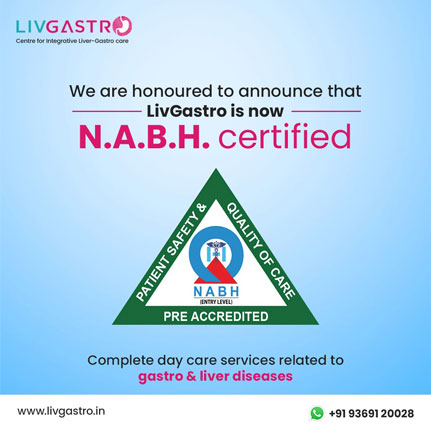
Team LivGastro provides utility based model of care that integrates specialists, primary care , laboratory, imaging and other health services to give patients a convenient and superior outcome along with a pleasant experience. Since we primarily focus on outdoor-patient care, on the site instant testing along with detailed and accurate results, we enable our patients and their families save
a lot of effort, time and money.
ERCP stands for endoscopic retrograde cholangiopancreatography. Through this process, your doctors examine your bile ducts. It is therefore a method of diagnosis only and is done with the help of an endoscope. An endoscope is the same type of pipe used in Endoscopy and is inserted into a human body. The ECRP, in short, is used to diagnose and treat the bile ducts for:
Before the actual process can start, an IV is administered on your arm while you are made to lie either on your stomach or on one side. Through the IV, sedative medicines shall be given to make you feel more relaxed. At times, a spray is used in your mouth in order to numb your throat, since it is through your throat and the endoscope shall pass through to the duodenum. If you have any dentures, they are removed. A patient is also given a mouth guard.
As the doctors observe that the patient is relaxed due to sedatives, they carefully insert the endoscope through the mouth. The endoscope travels through the food pipe, the stomach and finally the duodenum. The endoscope shall contain a special tube called a Catheter. This is a very thin tube. This is used to get through to the gallbladder and the pancreas for observation and operation. The Catheter injects a certain dye in these parts and take a local X-ray. This enables your doctors to find out whether there are stones, tumours and strictures.
ERCP is treatment for severe pain in the bile ducts due to several complications. These complications can be seen in the form of jaundice, yellowing of the skin and pain in the upper-right area of the stomach. ERCP is used to:
Here are some of the risks that one can have through the procedure…
